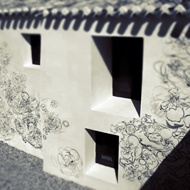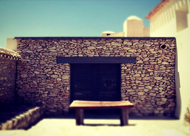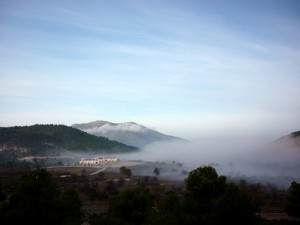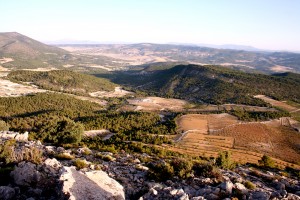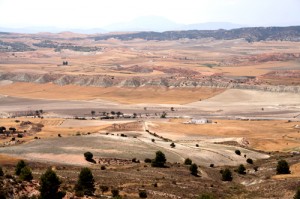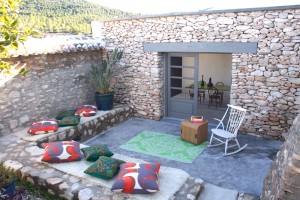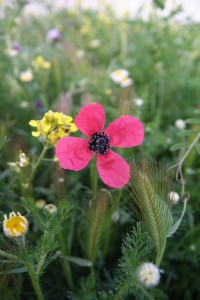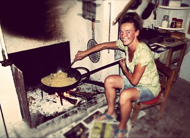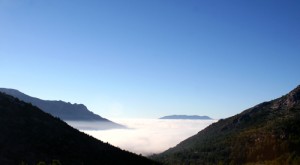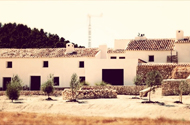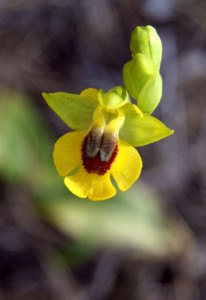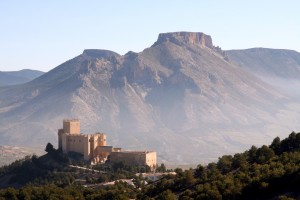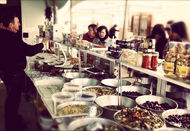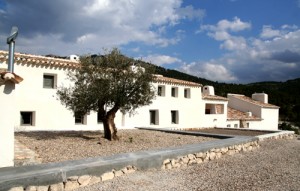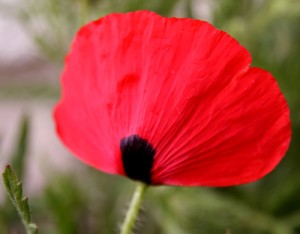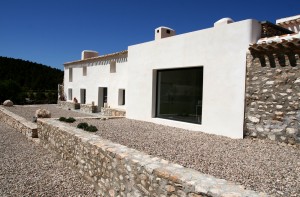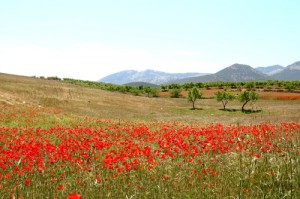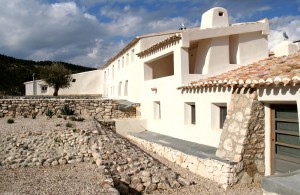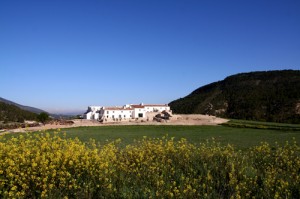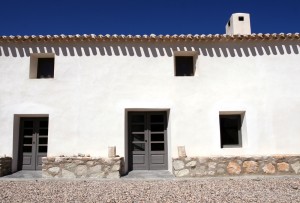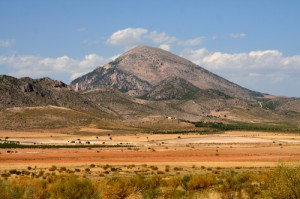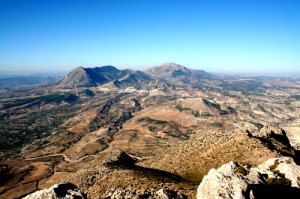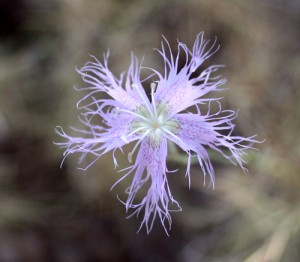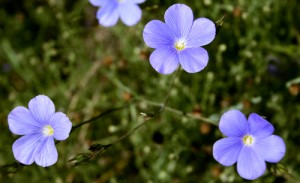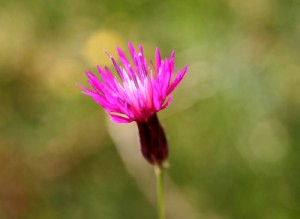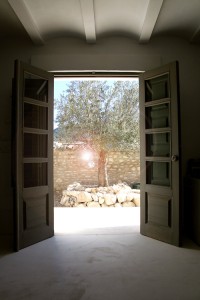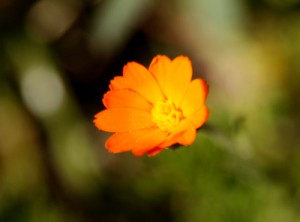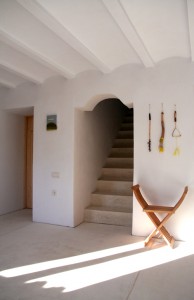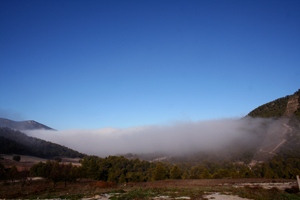Archive for August, 2007
Carrion Eaters
• Bears and wolves hit by EU carrion ban - Spain’s bears and wolves are going hungry due to the EU ban on abandoning dead livestock in the countryside. The ban, intended to help prevent mad-cow disease, is already known to affect Griffon vultures, hundreds of which have recently turned up in Germany in a desperate search for food. But now the effects could be spreading to more endangered carrion-eaters such as bears and wolves. Up to 10 bear cubs have starved to death in Asturias, according to a report by FAPAS: “210,300 kg of meat have been taken out of the food chain” said the organisation’s director, Roberto Hartasanchez, who adds that the ban seems excessive for the mountainous bear-habitats of Asturias, areas without a single recorded case of BSE. The regional government of Asturias is supporting a request to the European Union for local exemptions. Date: July 26, 2007 Source: El Mundo
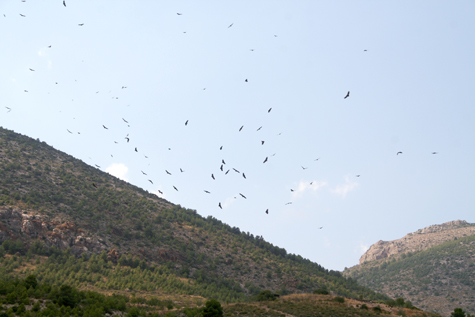
I’ve notice on a number of occasions vultures ‘on mass’ at this particular spot and have been beginning to consider it odd that they should find such regular carrion at one spot. On closer investigation, via dirt tracks up to the hill, I have found the road closed to the public and a rather baffling sign explaining access was prohibited because of bee hives. Put two and two together and I realise that it is a feeding station for the vultures.
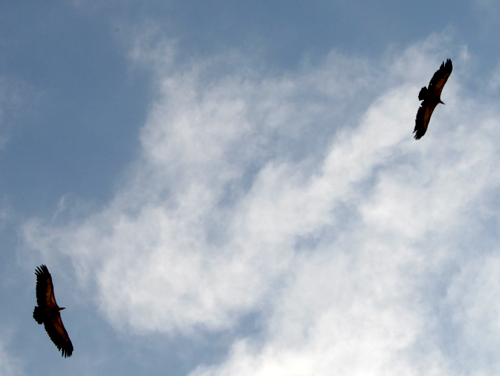
As the El Mundo article above suggests the symbiosis between man and animal is greater now than it was a century ago and even in places as remote as this, food is a hard found resource for wildlife and their dependance on us is greater than ever.
But why the secrecy over the feeding station? Well obviously it is to protect the birds from the unwelcome attentions of human kind. Possibly reproducing their natural habitat within the context of finding and retrieving carrion.
Or is it something else? Perhaps deep within our psyche the concept of our bodies being consumed after our death revolts us still. The nature of carrion feeders puts them in a different class. The idea of being consumed by a wild animal whilst alive is horrific and yet it engenders a kind of freakish nobility. Lions tear muscle and bone limb from limb. Great White sharks through the very dynamism and the culture of death which surrounds their modern myth inspires awe at the same time as fear.
But a vulture in particular, by the very nature of it’s relatively weak beak and neck, only finds access to it’s food resource through the most tender and taboo aspects of human soft tissue. The eyes mouth and genitalia. And here we find the typical divergence in conceiving this animal. A very large bird that endures all weathers on it’s rocky ledge , that conserves energy by superbly exploiting thermal currents over the land, a creature whose daily range can exceed 200-km and spy the most minute morsel from hundreds of meters up in the sky must inspire our respect and idea of natural beauty. And in this respect there is a parallel with butterflies.
“Why are butterflies beautiful? Certainly not for the pleasure of man as Darwin’s opponents claimed, butterflies existed at least one hundred million years before the first man. I believe our very concept of beauty, necessarily relative and cultural, has over the centuries patterned itself on them, as on the stars and mountains, and the sea. We have proof of this when we consider what happens when we examine the head of the butterfly under the microscope, for the greater part of observers, admiration is replaced by horror or revulsion. In the absence of cultural habit, this new object disconcerts us, the enormous eyes without pupils, the antennae like horns, the monstrous jug like mouth, look to us like a diabolical mask, a distorted parody of a human face”.
Primo Levi ‘Other Peoples Trades’
So this divergence from the majestic to the obscene becomes a contradiction, not unfamiliar but, more or less unique in the feathered world. It is the notion of mortification, the appearance of ones own cadaver when the concept of ones own soul has left the body which most alarms us.
But this is not the status of the vulture in Tibetan and Hindu cultures.
For certain is death for the born
And certain is birth for the dead;
Therefore over the inevitable
Thou shouldst not grieve.Bhagavad Gita (250 BC - 250 AD)
When Donna and I were in Darjeeling we bought some Tibetan astrological charts from a dealer there. Nobody has been able to tell us much about them since and admittedly a small amount of reasearch has revealed nothing. Some aspects of them are familiar though and one of them is an aged conception of the cycle of life.
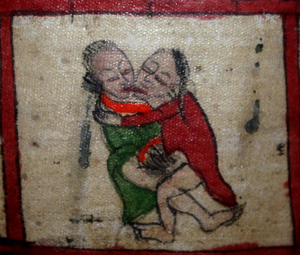
A child is conceived.
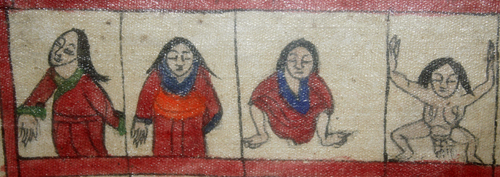
It’s pregnant mother gives birth.
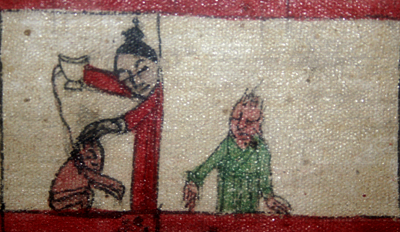
The new baby is anointed and introduced to the world.
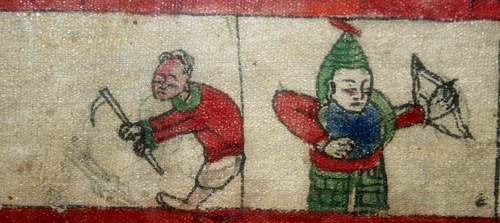
He matures to till the land and protect it.
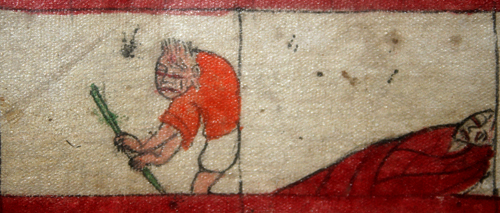
And as an old man he retreats to his bed whereupon he dies.
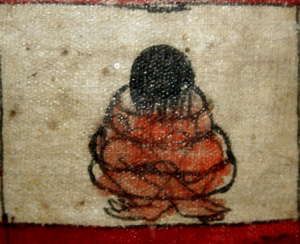
His cadaver is bound and lacerated and placed upon a high rock. A monk makes an incantation and the vultures descend from the sky.
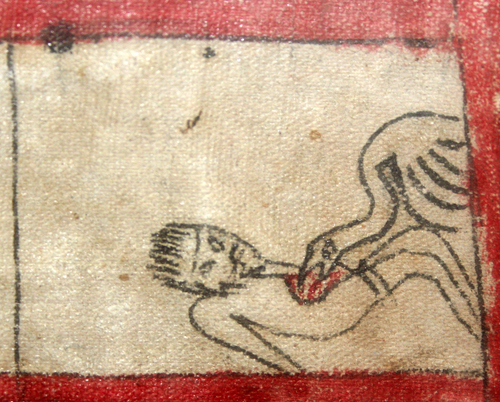
The vultures elevate the mans soul to heaven within their flight and their excreta returns to the soil to fertilise the land for those who shall succeed him. Man is, ritually, within the food chain and with the higher classes of animals. And so the cycle of life continues.
Guilty, as we in the west all are, of anthropomorphism, perhaps we project our ‘orality’ to our corporeal nature. Perhaps it is not the fear of being eaten but the fear of our desire to eat what is forbidden. And the guilt we feel is not the guilt of the noble hunter, majestic in our strength and agility, but the guilt of the opportunist, the scavenger the eater of carrion.
Parque Natural de las Sierras de Cazorla y Segura
An hour to the north from Los Gazquez, (you can see La Sagra 2065m from the farm) you arrive at Puebla de Don Fadriquet where, from this direction, the park begins. Initially you have a long drive up through the pine forests until you reach the ridge of the first sierra. There, upon your descent, you have fantastic views of the Embalse del Tranco de Beas, which is the Guadalquivir near it’s source, before flowing north out of the park and then westerly all the way past Sevilla and to the Atlantic.
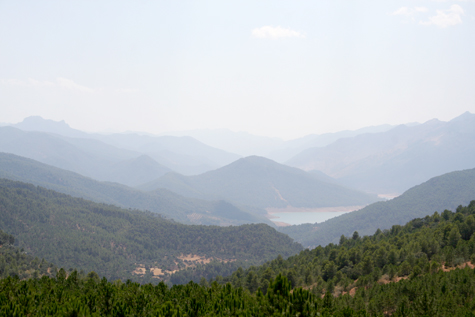
We passed Hornos and it’s Moorish castle and followed the embalsa to Tranco, here we camped for the night. It was fascinating to have travelled through this fantastic landscape and then to find a tented pueblo under the trees. All these extended Spanish families were sitting around outside their tents or caravans watching a fridge with a TV mounted on top with a Real or Barca game playing.
The next morning having spent 3600 seconds putting away our 2 second tents we were off again. Continuing due south we passed over the Puerto de las Palomas at 1290m (4232 ft.)
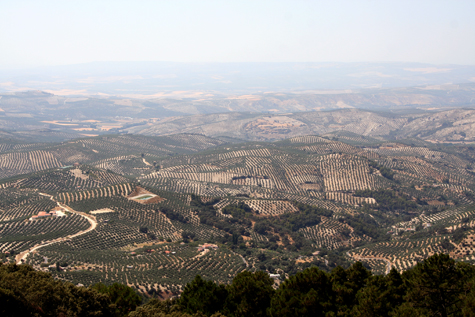
Here you look down over Jaen Province towards Ubeda and it’s millions of olive trees as far as you can see. Jaen is north of the Sierra Nevada rain shadow so has sufficient rain to grow olives unlike to the south where we are which is too dry to get a crop of olives without irrigation. We grow almonds instead.
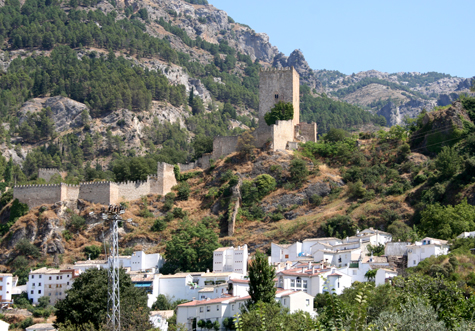
Passing Cazorla and it’s Moorish castle we dropped down into the olive groves near Quesada 700m only to climb again up to 1185m at the Puerto de Tiscar.
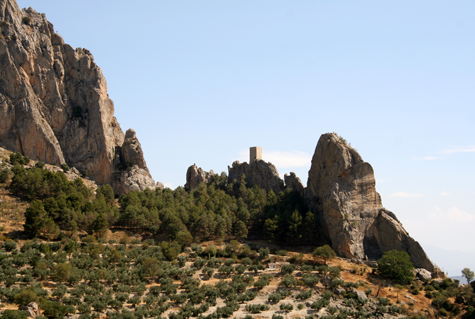
The view down through this gorge with it’s Moorish tower and ancient Hermitage and beyond to the dry plains around Guadix and Baza is gorgeous. It’s like turning a corner from lush olive groves to the desert.
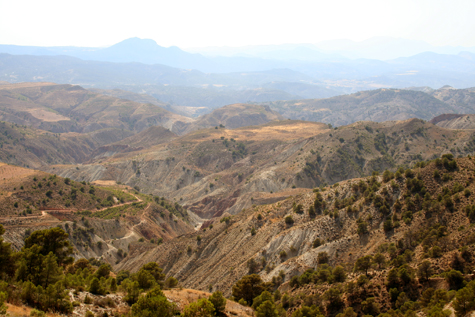
Down here somewhere is the Rio Fardes, though in August I suspect it is underground.
This was a fabulous weekend and whilst the distances are short they take a long time as the roads are narrow and bendy. We made our way home via ice cream in Orce and back to the Los Velez.
Old Mules and Lumberjacks
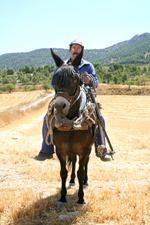
We had a visitor from Cazorla today, a lumberjack on his mule. They still use mules to pull the felled timber from the inaccessible parts of the forest to the camino.
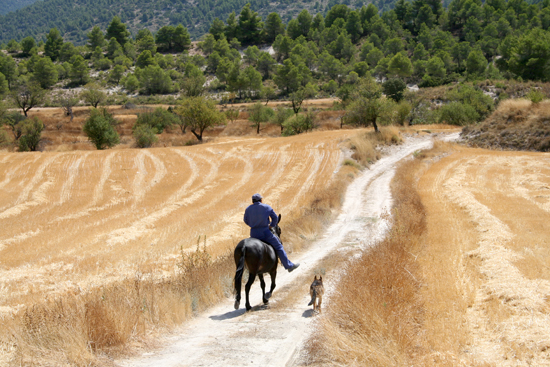
And off he went to find his lorry.
Golden Eagle
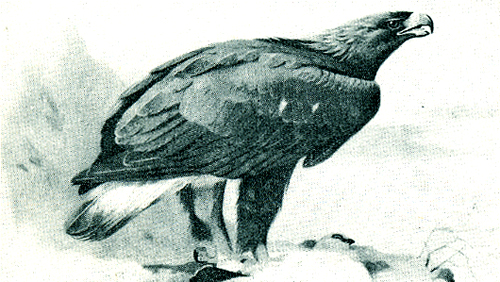
It took a while to recognise the tell tale signs. The background noise of birds in the trees and scrub disappears and in the distance you hear a haunted cry. You look up and see the silhouette of a large bird. At first you think vulture, but the flight is too dynamic and as they approach you realise what they are. Two bold light patches under their wings and confident circling flight. Golden Eagles. And in a minute they are gone.
Bee Eaters
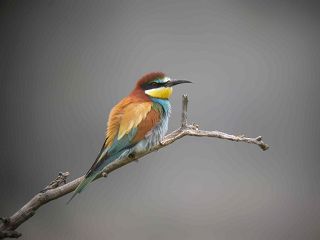
Thanks to Michael Richardson for allowing me to use his photograph of this Bee Eater. We had our first flock at Los Gazquez the other day and we were delighted. We can now recognise their call, giving us notice of their arrival, before we make a sighting.
They are exhuberant little birds who squeeze up together on their perches and when they fly, in a conventional bird like flapping way, they fall into a short shallow swoop in pursuit of some prey which is hypnotic to watch.
More than their colourful plumage I like the sun through their burnt amber coloured flight feathers while making one of these persuits.
The bee-eaters are a group of near passerine birds in the family Meropidae. Most species are found in Africa but others occur in southern Europe, Madagascar, Australia and New Guinea. They are characterised by richly coloured plumage, slender bodies and usually elongated central tail feathers. All are colorful and have long downturned bills and pointed wings, which give them a swallow-like appearance when seen from afar.
Just as the expressive name reveals, bee-eaters predominantly eat insects, especially bees, wasps, and other flying insects, which are caught in the air by sallies from an open perch. While they will pursue any type of flying insect, honey bees predominate in their diet. The world range of the bee-eaters is nearly identical to the native world range of the four most common species of honey bees. Fry et al. say “in 20 separate studies of the diet of 16 kinds of bee-eaters, Hymenoptera (ants, bees and wasps) comprised from 20% to 96% of all insects eaten, and honey bees formed on average about one-third of the Hymenoptera”.
Before eating its meal, a bee-eater removes the sting by repeatedly hitting the insect on a hard surface. During this process, pressure is applied to the insect thereby extracting most of the venom. Notably, the birds only catch prey that are on the wing and will ignore flying insects once they land.
Bee-eaters are gregarious. They form colonies by nesting in burrows tunneled into the side of sandy banks, such as those which have collapsed on the edges of rivers. Their eggs are white and they generally produce 2-9 eggs per clutch (depending on species), which are widely distributed and common. As they live in colonies, large numbers of these holes are often seen together, white streaks from their accumulated droppings accentuating the entrances to the nests. Most of the species in the family are monogamous, and have biparental care of the young.
The bee-eater family consists of two subfamilies - the bearded bee-eaters Nyctyornithinae (raised to family level as Nyctyornithidae by Charles Sibley in later versions of his computerised world list), and Meropinae, the typical bee-eaters.
Velez Blanco Festival

At the stroke of midnight we had a fabulous firework display above the castle.
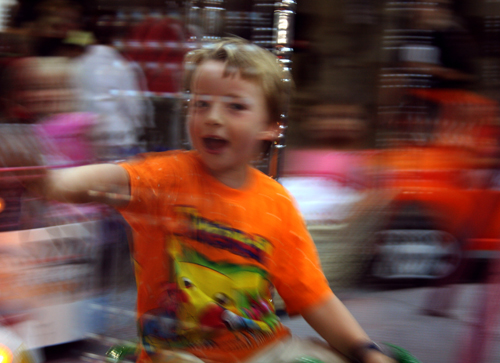
We had all the old fashioned rides well past midnight. And it’s a delight to see extended Spanish families promenading too and fro enjoying the cool night air.

This is Sesame with her friends Tuesday and Morgan, just too excited.
The view south to the Sierra Maria
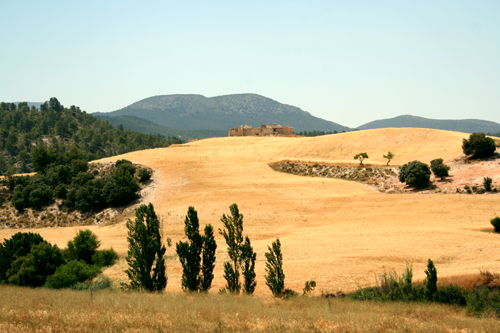
July was hotter than August. It’s now about 30 degrees in the shade with some cloud. And the air is full of deep summer sounds. Swifts, swallows, crickets and cicadas.
“cicada |səˈkādə; səˈkädə| noun a large homopterous insect with long transparent wings, occurring chiefly in warm countries. The male cicada makes a loud shrill droning noise after dark by vibrating two membranes on its abdomen.
cicada
• Family Cicadidae, suborder Homoptera: many genera.ORIGIN late Middle English : from Latin cicada, cicala”.
Velez Rubio Festival
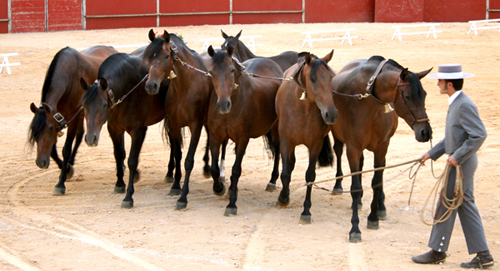
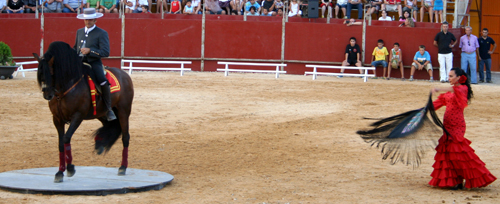
Not only can these Spanish horses run around in perfect unison, they can tap Flamenco rhythm with their hooves while a beautiful Gitana dances around them.
First Harvest
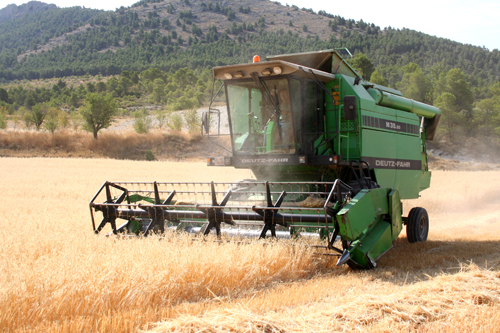
Tomas Jose and his son Jose Tomas came with their combine and tractor and trailor and we have harvested our oats. The quality is good and we have approximatly 9000 kilos from about 12 hectares of arable which we sell at 0.13 cents a kilo. With the contractors overheads we have made a loss of about 250 euros. Or we can say we have all the fields ploughed and cultivated removing all the weeds and thistles for 250 euros.
Either way we are very happy. The land needs to be used and just having it in cultivation is good.








